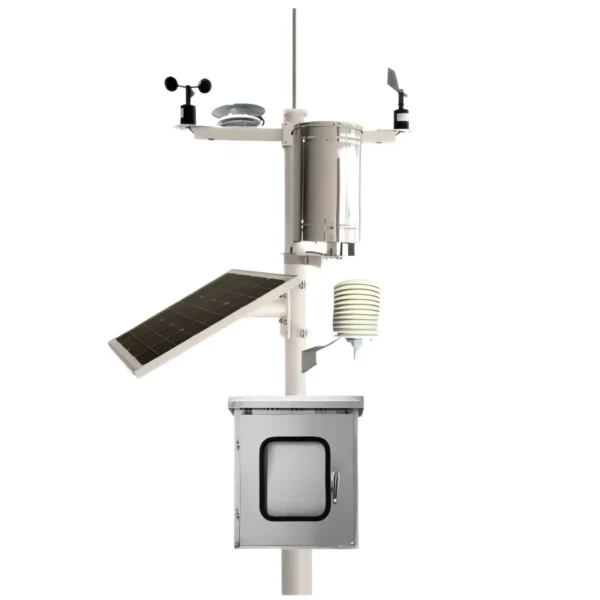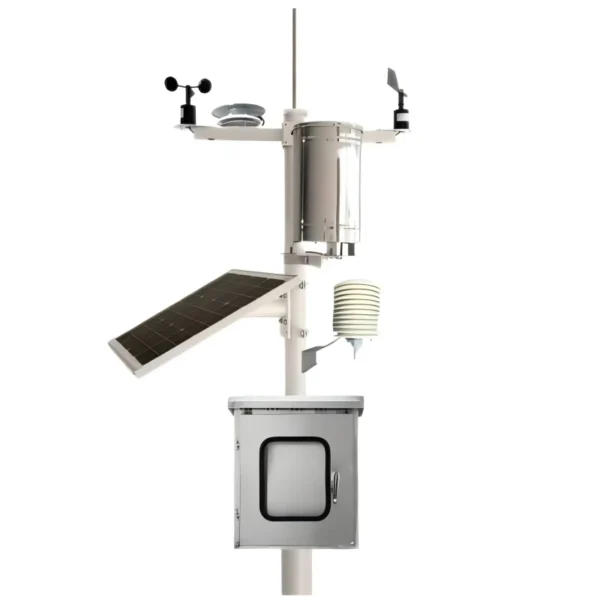
# Understanding the Functionality of Automatic Weather Stations
Automatic Weather Stations (AWS) are advanced systems designed to collect and record meteorological data without the need for constant human intervention. These stations are widely used in various fields, including agriculture, aviation, and environmental monitoring, to provide accurate and real-time weather information.
## What is an Automatic Weather Station?
An Automatic Weather Station is a standalone device equipped with sensors that measure various atmospheric parameters such as temperature, humidity, wind speed, wind direction, rainfall, and barometric pressure. The data collected by these sensors is then transmitted to a central database or displayed on a local interface for analysis and decision-making.
### Key Components of an AWS
An AWS typically consists of several key components:
– Sensors: These are the primary data collection tools, each designed to measure specific weather parameters.
– Data Logger: This component records the data collected by the sensors and stores it for future use.
– Power Supply: AWS units are often powered by solar panels or batteries to ensure continuous operation.
– Communication System: This system transmits the collected data to a central location, often via satellite, radio, or cellular networks.
## How Does an Automatic Weather Station Work?
The functionality of an AWS can be broken down into a few key steps:
– Data Collection: Sensors continuously monitor and measure atmospheric conditions.
– Data Storage: The data logger stores the collected information, often with timestamps for accurate tracking.
– Data Transmission: The communication system sends the stored data to a central database or directly to users.
– Data Analysis: The collected data is analyzed to provide insights into current and future weather conditions.
### Applications of Automatic Weather Stations
AWS units are utilized in a variety of applications:
– Agriculture: Farmers use AWS data to optimize irrigation, planting, and harvesting schedules.
– Aviation: Airports rely on AWS for real-time weather updates to ensure safe takeoffs and landings.
– Environmental Monitoring: Researchers use AWS to track climate changes and study environmental impacts.
– Disaster Management: AWS data helps in predicting and managing natural disasters like hurricanes and floods.
## Benefits of Using Automatic Weather Stations
There are numerous advantages to using AWS:
– Accuracy: AWS provides highly accurate and reliable weather data.
– Real-Time Monitoring: Continuous data collection allows for real-time weather monitoring.
– Cost-Effective: Reduces the need for manual data collection, saving time and resources.
– Scalability: AWS can be deployed in various locations, from remote areas to urban centers.
### Challenges and Considerations
While AWS offers many benefits, there are also challenges to consider:
– Maintenance: Regular maintenance is required to ensure the sensors and other components function correctly.
– Data Security: Ensuring the security of transmitted data is crucial to prevent unauthorized access.
– Initial Investment: The cost of setting up an AWS can be high, though it is often offset by long-term savings.
## Conclusion
Automatic Weather Stations are invaluable tools for collecting and analyzing meteorological data. Their ability to provide accurate, real-time information makes them essential in various industries. Understanding their functionality and applications can help in making informed decisions and improving operational efficiency.
Keyword: what is automatic weather station
